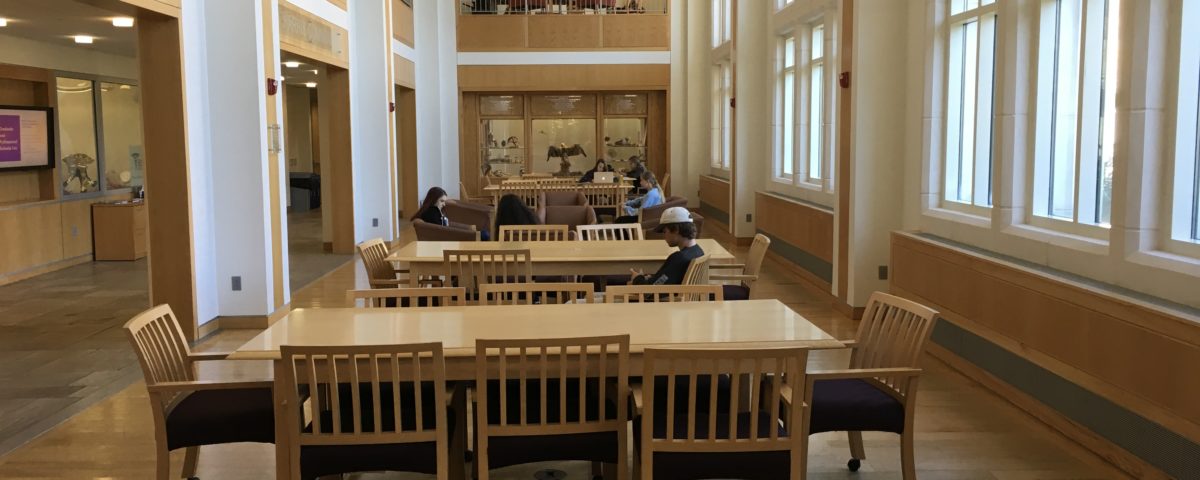Introducing the Common Application: The Main Section

The 2020-2021 version of the Common Application doesn’t go live until August 1, but you can get a head start by creating an account right now at https://apply.commonapp.org/login. Your application will roll over from this year to the next.
The boilerplate of the application is pretty simple. To create an account, you have to answer basic information in regard to such things as your name and address and birthdate. You will also provide an email account which the Common App and colleges will use to reach out to you.
There are several sections to the application. The first is your profile, followed by information about your family and then about your secondary/high school education. Note that as you go through the application, you will see a red star next to some information. That red star indicates that you must fill in that section. The form also asks you to report your current or most recent year courses, which typically are the classes that you will be taking senior year. If those classes have not been confirmed as yet, then you can leave the section blank until you know for sure. You can also list any academic honors or achievements beginning with ninth grade.
Next is the Testing section. Most colleges nowadays allow you to self-report your SAT or ACT scores on the application, provided you choose to report them, which is a cost-saving measure. Once you are accepted to a college and enroll, that’s when you have to officially send the test scores to that college – and to that college only. You can also self-report AP scores, Subject Test scores, and IB scores on the application.
I usually tell my juniors/rising seniors to hold off filling in the Activities Section, which follows the Testing section. Instead, I think it’s best to create a separate document that you can edit, and then cut and paste the information into the application later. Your list of activities should include activities that you do inside and outside of school beginning in grade 9 and continuing through grade 12. That list should include athletic participation, clubs, volunteer activities, jobs, hobbies, and even family obligations. There is room to list up to 10 activities. Some students use the entire list; some do not. There is no hard and fast rule. Colleges are more interested in what you do than the number of things you do. Unlike a business resume, the Activities Section asks you to indicate the hours per week and weeks per year that you do each activity, and whether you do each during the school year, during break or all year long. It’s an estimate.
Then comes the Writing section. Not all schools require a personal essay, but for those that do, this is the section where you write an essay of no more than 650 words telling the colleges something they would not otherwise know about you from reading the rest of your application. There are prompts that are geared to inspire your thinking about what you want to write, and it’s okay to respond to any one of them. It’s also fine to simply “Share an essay on any topic of your choice.”
The last part of the Writing section is called Additional Information. Into that box you can add activities beyond the 10 mentioned in the Activities Section; perhaps additional honors that you have been awarded; perhaps an explanation as to why you took a particular class or dropped another. It’s up to you.
For some colleges, you also may have to list the courses you have taken throughout high school and the grades in those classes, so it’s a good idea to have a copy of your transcript available. It’s also a good idea to check that transcript to make sure that the information has been reported correctly.
This year, the Common Application will include a new optional essay question allowing a response of no more than 250 words related to the Covid-19 experience:
Community disruptions such as COVID-19 and natural disasters can have deep and long-lasting impacts. If you need it, this space is yours to describe those impacts. Colleges care about the effects on your health and well-being, safety, family circumstances, future plans, and education, including access to reliable technology and quiet study spaces.
- Do you wish to share anything on this topic? Y/N
- Please use this space to describe how these events have impacted you.

